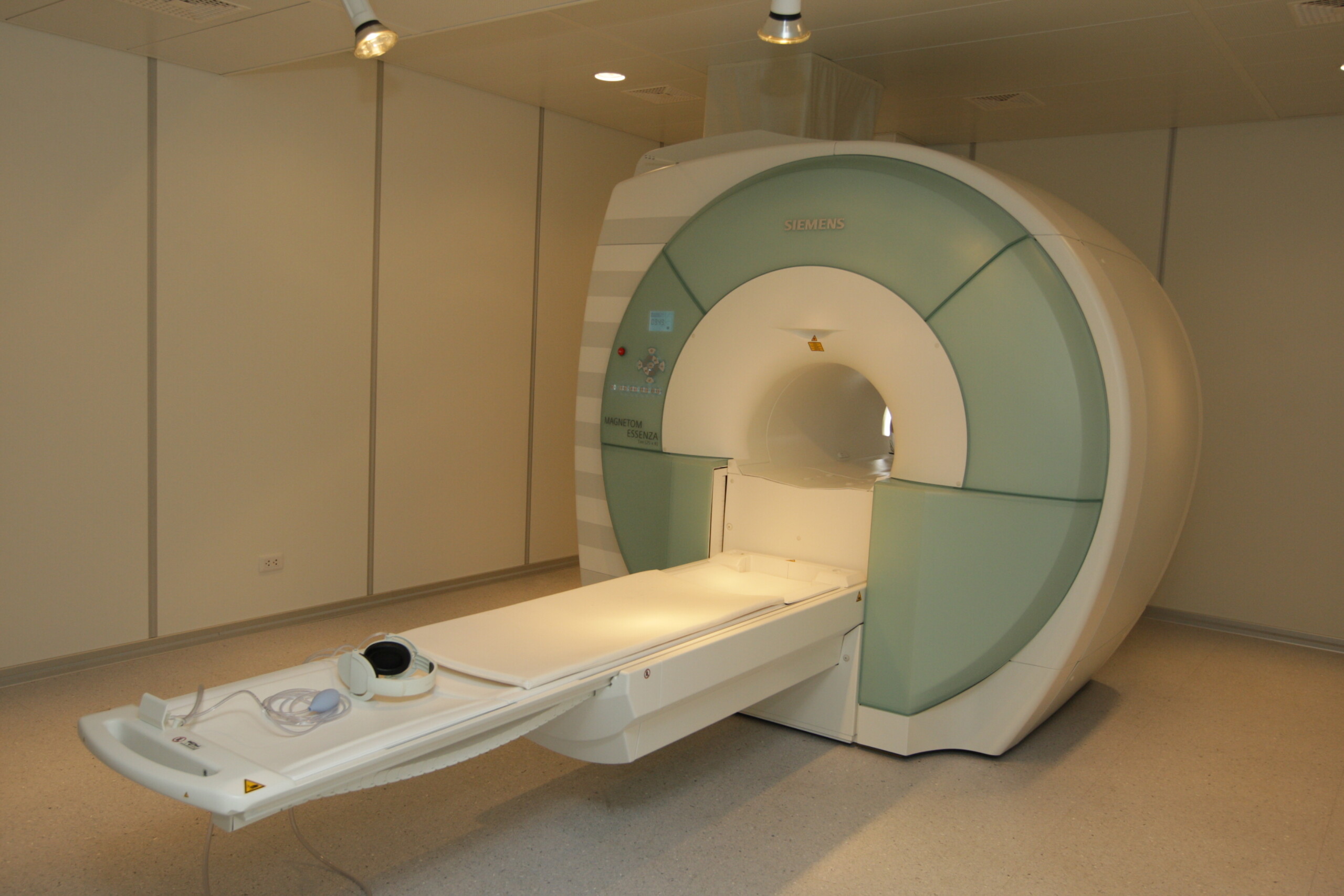The impact of emerging new treatments and technologies on health care includes many benefits to health outcomes, but also an increase in cost and raises questions of equity of access. Some of the new treatments and technologies in Australia’s health care include:
- HPV vaccine aimed to reduce the incidence of HPV and hopefully cervical cancer.
- Less invasive surgery methods such as: keyhole surgery used for knees, kidneys and hernias
- Improved mechanics of replacement knees, hips, heart valves etc
- New drugs for various diseases including HIV, and cancer treatments (chemotherapy)
- Improved artificial organs such as kidneys
- Ultrasound and MRI used for internal imaging
These new treatments and technology help improve early detection of various diseases and illnesses. They also improve the treatment and prevention, which improves treatment outcomes, and improves quality of life and life expectancy. This will lead to a further increase in the ageing of our population and the rise in chronic diseases.
These new treatments and technology come at a cost, which can be very high. As such, they result in increased need for health care expenditure and if not funded through Medicare, become only accessible to people of higher socioeconomic status. These treatments and technology are also less available in rural and remote areas as the cost to benefit ratio is low and the provision becomes less cost-effective. This is particularly in relation to technology and can be seen in the need for rural and remote people to move into major cities in order to access treatment and technology in the later stages of kidney disease.
This is just part of the impact of emerging new treatments and technologies on health care in Australia.

